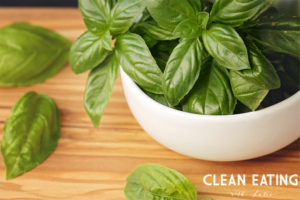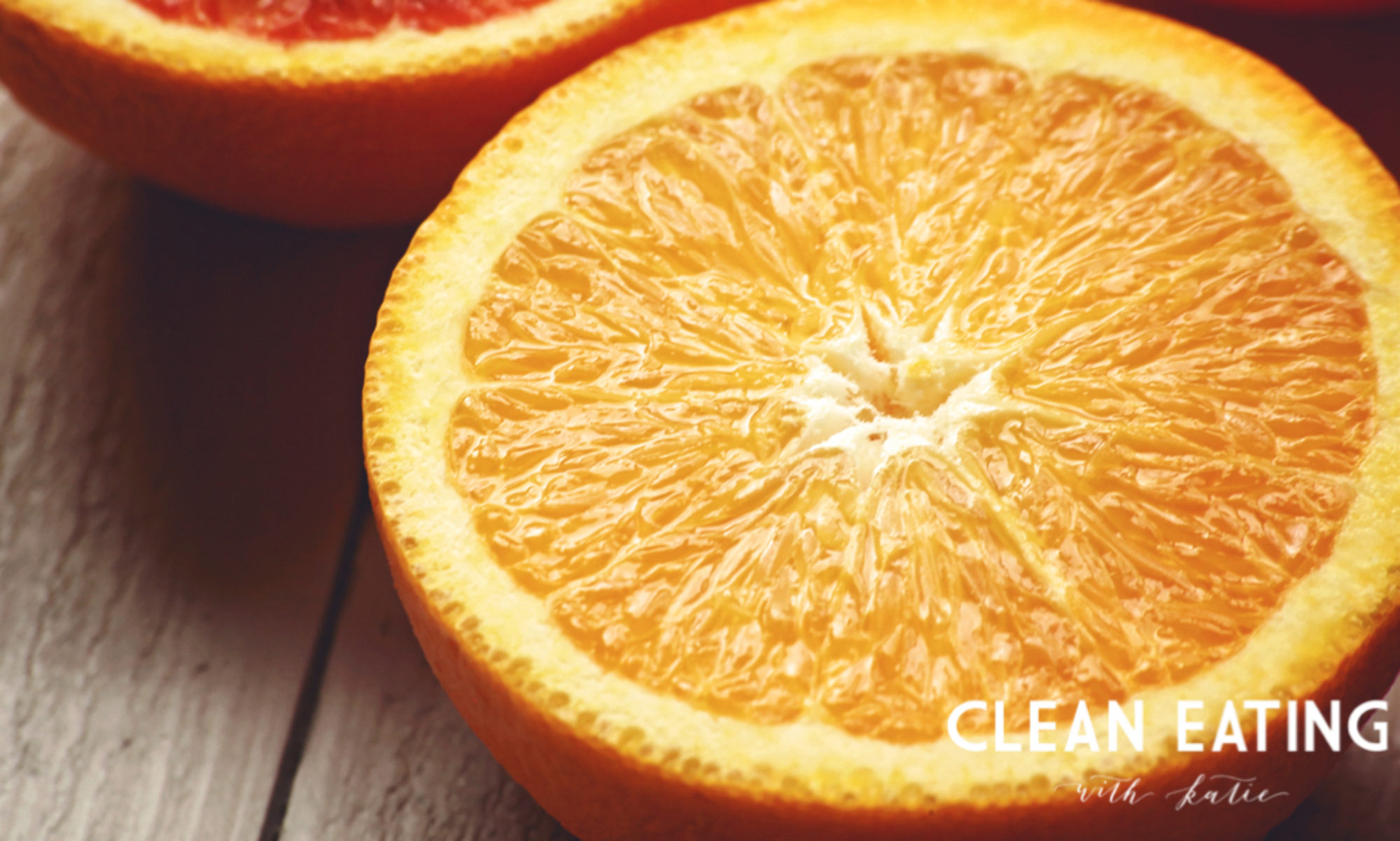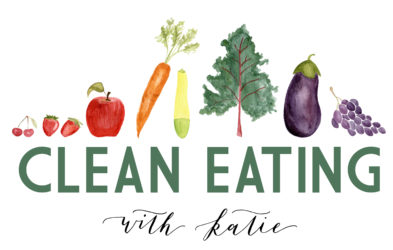While working at the Campbell Farmer’s Market, basil was always a top seller for Tomatero. Tomatoes, strawberries, and basil always brought folks to the booth. In fact, one of my coworkers would often wave some basil through the air to release the scent to help lure them in like Yogi Bear. I love basil. I like making traditional caprese salads, basil pesto, and my awesome sister-in-law Amy, makes a watermelon caprese salad (watermelon subs nicely for tomatoes for those avoiding nightshades). Jennifer Tyler Lee suggests trying a nut free pesto – using sunflower seeds or adding fresh peaches and basil to ice cream! YUMMMY! What’s your favorite use for basil?
Food Facts:
- Sweet basil is the variety that we typically eat, however Holy basil or tulsi is a variety that is coveted for its medicinal purposes and is native to India.
- Excellent source of vitamins A, K, and C and maganese.
- It is rich in antioxidants, especially carotenoids.
- Basil’s essential oils are antifungal and antimicrobial and have been shown to inhibit the growth of bacteria and fungi.
- It is also an anti-inflammatory and can be used to support conditions where inflammation is a factor.
- Basil should be stored with stems in a glass of water on the counter. Putting basil in the fridge turns it black.
- There are more than 60 varieties of basil.
- It belongs to the mint family.
- Some of the major medicinal uses include: digestive support, a mild sedative, headache relief, kidney support, poor circulation, and intestinal spasms.
From The 52 New Foods Challenge: A Family Cooking Adventure for Each Week of the Year, with 150 Recipes by Jennifer Tyler Lee, Encyclopedia of Healing Foods
by Michael Murray, Joseph Pizzorno, and Lara Pizzorno, and Superfoods: The Healthiest Foods on the Planet
by Tonia Reinhard.

